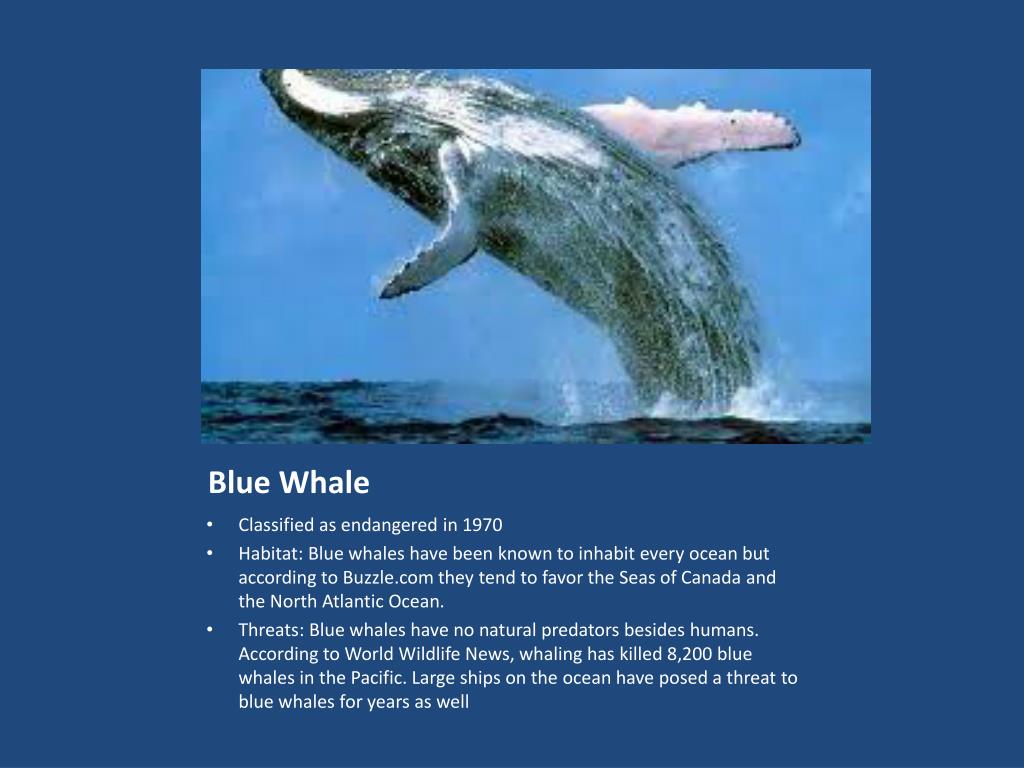

Un album que j'ai retrouvé aujourd'hui, je me rappelais une tout autre histoire et je pense que c'est en partie parce que je regardais les illustrations plus que n'importe quoi d'autre.Įn me repenchant sur ces histoires de mon enfance je me demande où sont ces adultes qui nous transmettaient des conseils sur nos relations avec ceux qui nous entourent. Marcus and his wife, Kathryn, work together in Berne, where they live with their three children.

The foil stamping is then applied during the production process after the pages are printed and before the final binding. When the illustration is complete he cuts the paper from the wooden board.įor books that feature holographic foil stamping, he then tapes a piece of transparent film over the art and indicates with a black marker where the foil stamping should be. For sharper details, he first lets the paper dry, then paints the final picture layer by layer. For backgrounds and blended contours, he uses wet paint on wet paper to get a softer effect. At this point, he is ready to begin painting. He then copies his rough sketches onto the paper in pencil. He begins each book by stretching watercolor paper over a wooden board so that it won't warp when wet. Marcus does most of his illustrations for children's books in watercolors. His best-known work to date is The Rainbow Fish, which has remained on bestseller lists across the United States since 1992. In 1983, he decided to dedicate more time to artistic pursuits, and began to write and illustrate his first book, The Sleepy Owl, which was published in 1986. Marcus Pfister was born in Berne, Switzerland, and began his career as a graphic artist in an advertising agency.


 0 kommentar(er)
0 kommentar(er)
